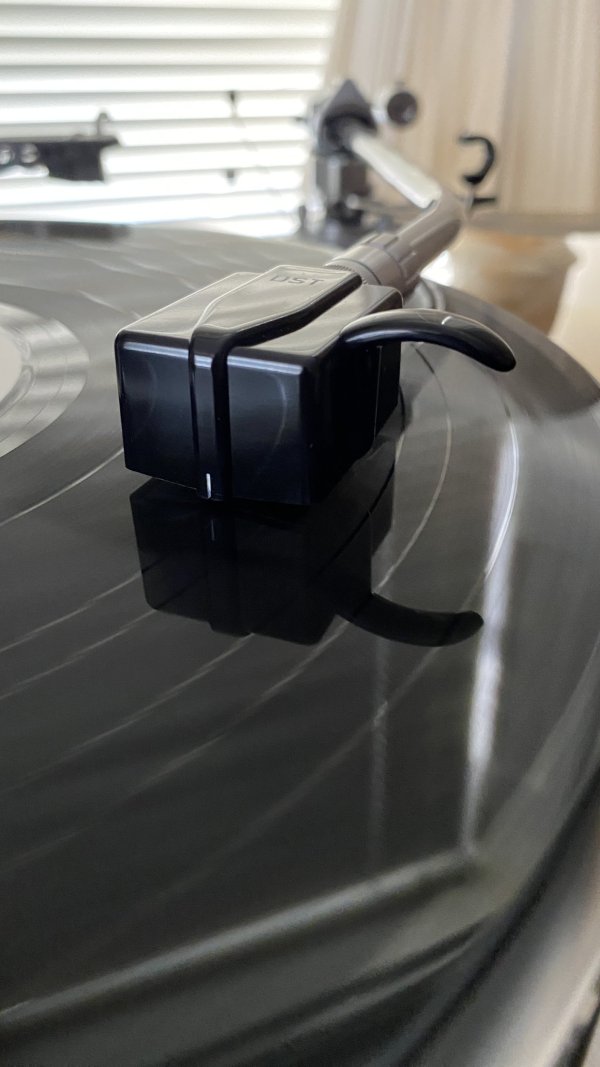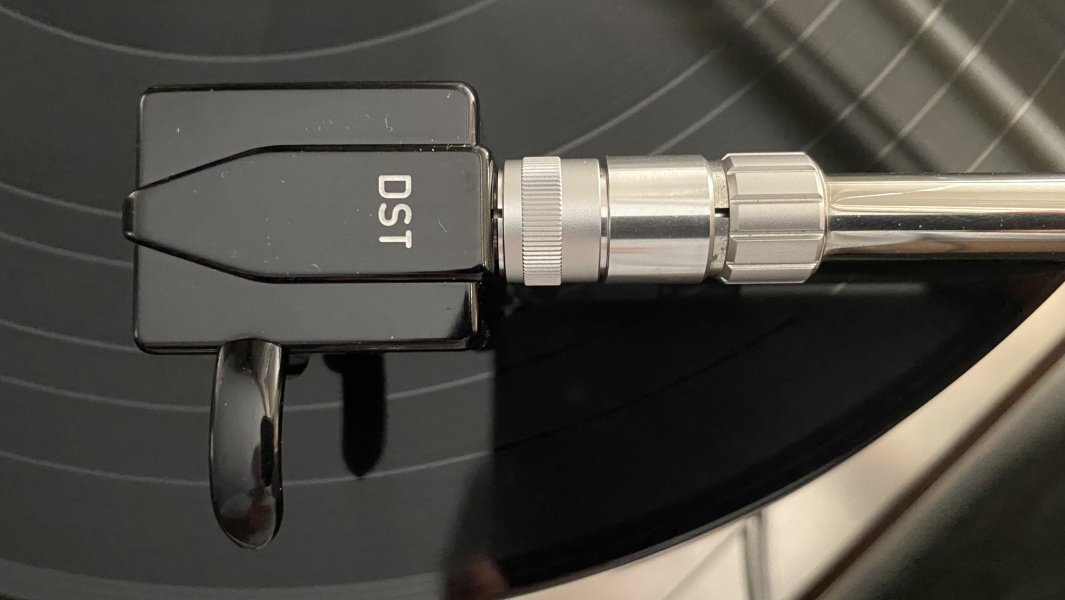Wouldn’t you say that every piece of equipment is “colored?” One person’s “transparent” is another person’s “bright.” Personally I believe that it’s personal preference.So @PeterA , 343 pages of rhetoric in , Do you feel that you are any closer to your goal in deifying the teachings of your leader Karmelli with regard to *His* and your vision of “Natural Sound” within this forum ? Which for my part this formula consists of Coloured Lamm electronics … Coloured tonearm unless modified , Coloured pickup cartridges , and in particular Coloured corner horn transducers ? My caviat …. I fully recognise that your system will transcript an efficacious and enjoyable representation of a Matt Munro recording … However “Natural Sound” as you define your goal in producing an audible reproduction , within your room, close to the live event ? I am sorry to say that you are deluding yourself , Particularly where the more exacting symphonic classical recordings are concerned
For example, I think the choice of the 3012R is a good choice if you’re only going to have one arm because it works well (not great) with every type of cartridge. I prefer my Thomas Schick tone arms for SPU’s, but its only slightly better. I do like the 3012R for high compliance carts like MM’s and my VDH.
Last edited:






